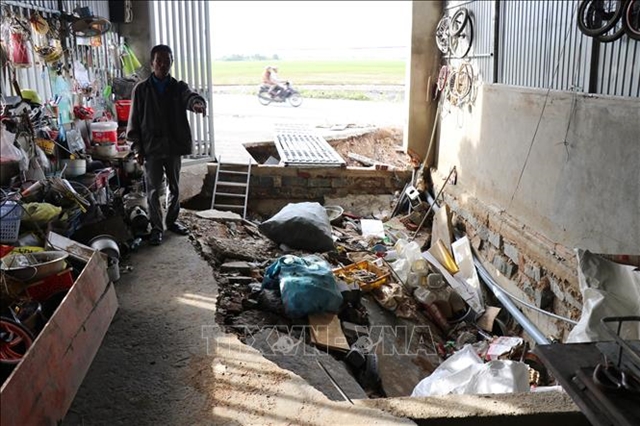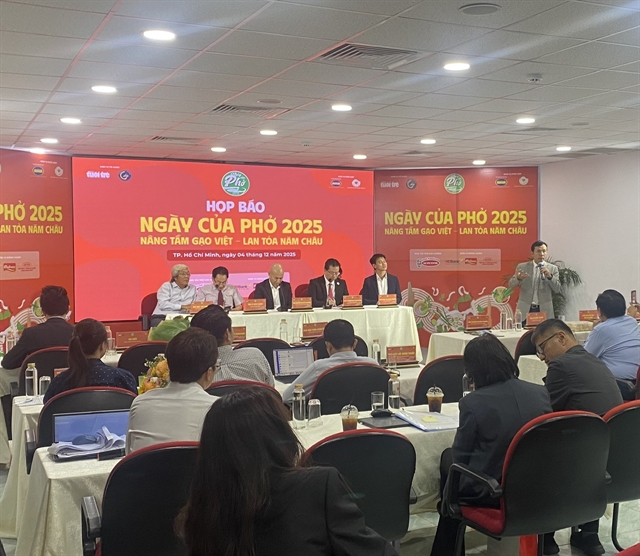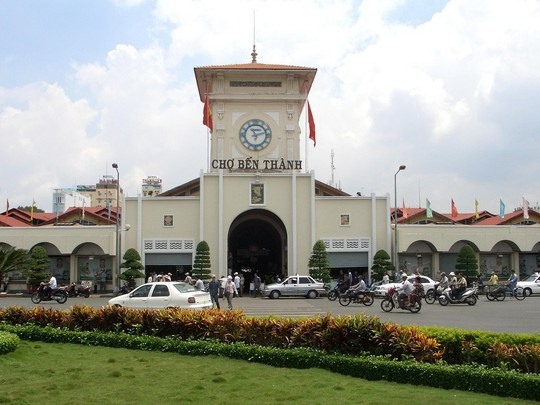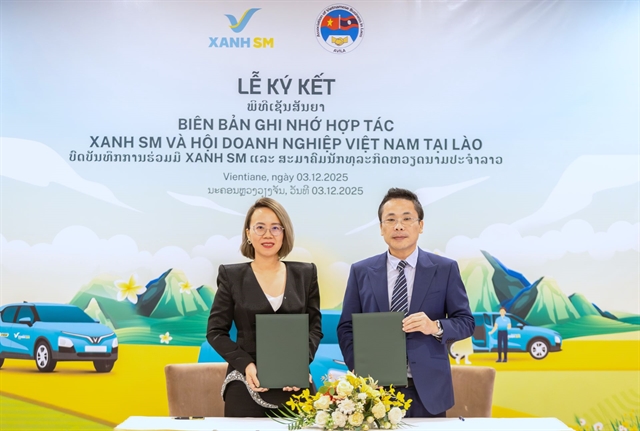 Society
Society

" />The HCM City People’s Committee on Tuesday (9 October) announced the architecture for its e-government, which is expected to enable the city to develop information technology solutions to offer efficient smart public services to the public and enterprises.
 |
| Bến Thành Market in HCM City. City authorities have announced new e-government architecture that is expected to help make it a smart city. — VNS File Photo |
HCM CITY — The HCM City People’s Committee on Tuesday announced the architecture for its e-government, which is expected to enable the city to develop information technology solutions to offer efficient smart public services to the public and enterprises.
The framework, based on technological innovations and comprising Internet of Things, big data, artificial intelligence, and blockchain, is aimed at eliminating government squander and create a smart urban city.
Based on it, the city will develop data sharing, including managing and linking e-documents among districts and departments, and a single door system linking online public services for the benefit of the public and companies.
The use of IT in districts, departments, and agencies will be more effective and quicker. The city will deploy IT as a key tool to bolster digital transformation and then develop e-governance.
According to Võ Thị Trung Trinh, deputy director of the Department of Information and Communications, the e-government architecture will help use IT applications at government agencies in a co-ordinated manner and achieve major targets for converting the city into a smart city.
Besides, it is aligned with the national e-government architecture and a scheme by the city for developing into a smart city in 2017-20, he said.
Based on a one-door policy, the city began to create its e-government structure in 2010 with a number of online public administrative services, he said.
However, there are still drawbacks in IT application, with some systems being incoherent and asynchronous, he added.
Deputy chairman of the city People’s Committee, Trần Vĩnh Tuyến, urged officials at government agencies to use advanced technologies and adopt the e-government architecture.
“The application of advanced technologies will help the public contact government agencies easier without having to visit them.”
He instructed the Department of Information and Communications to issue regulations to guide the adoption of the architecture.—VNS




